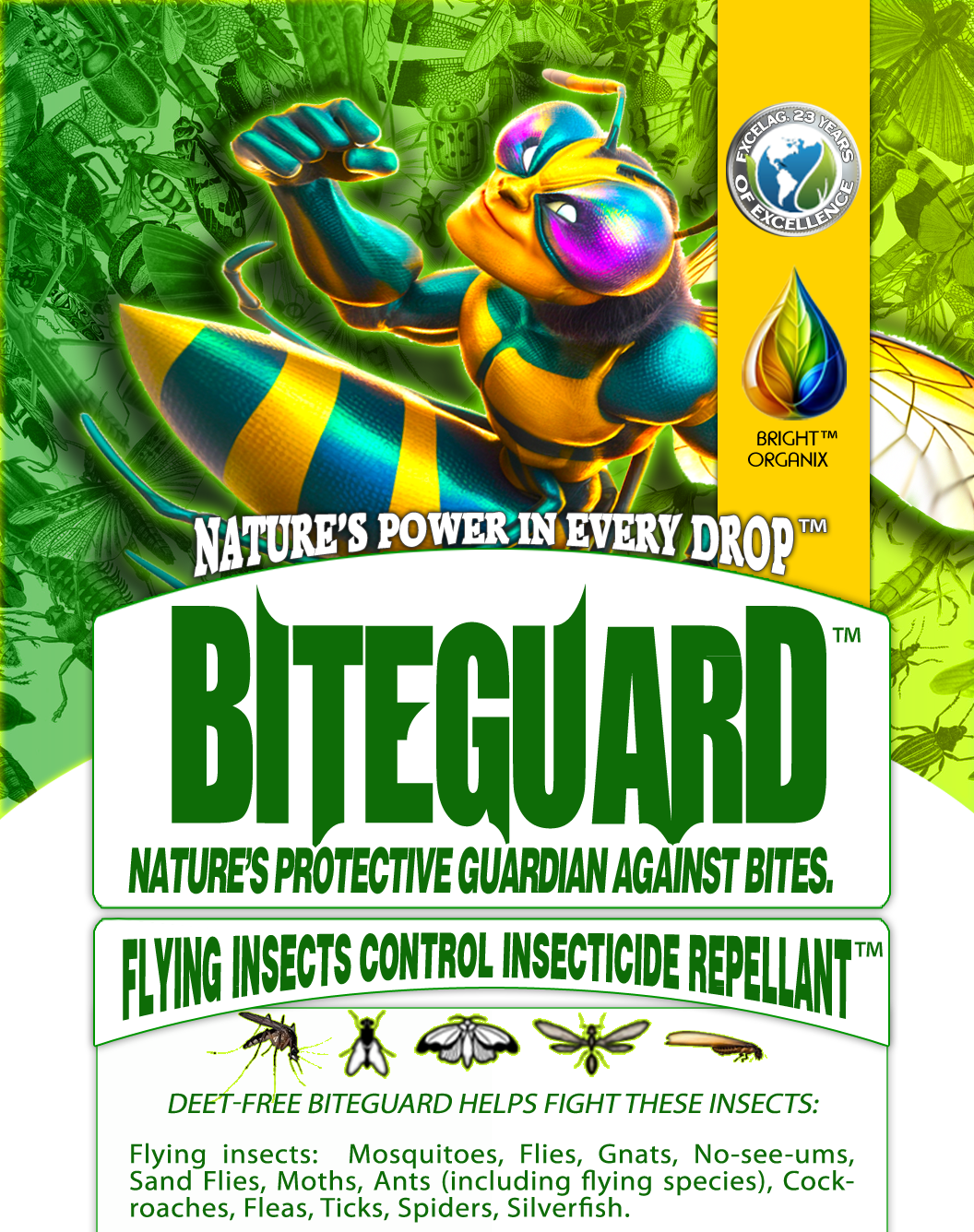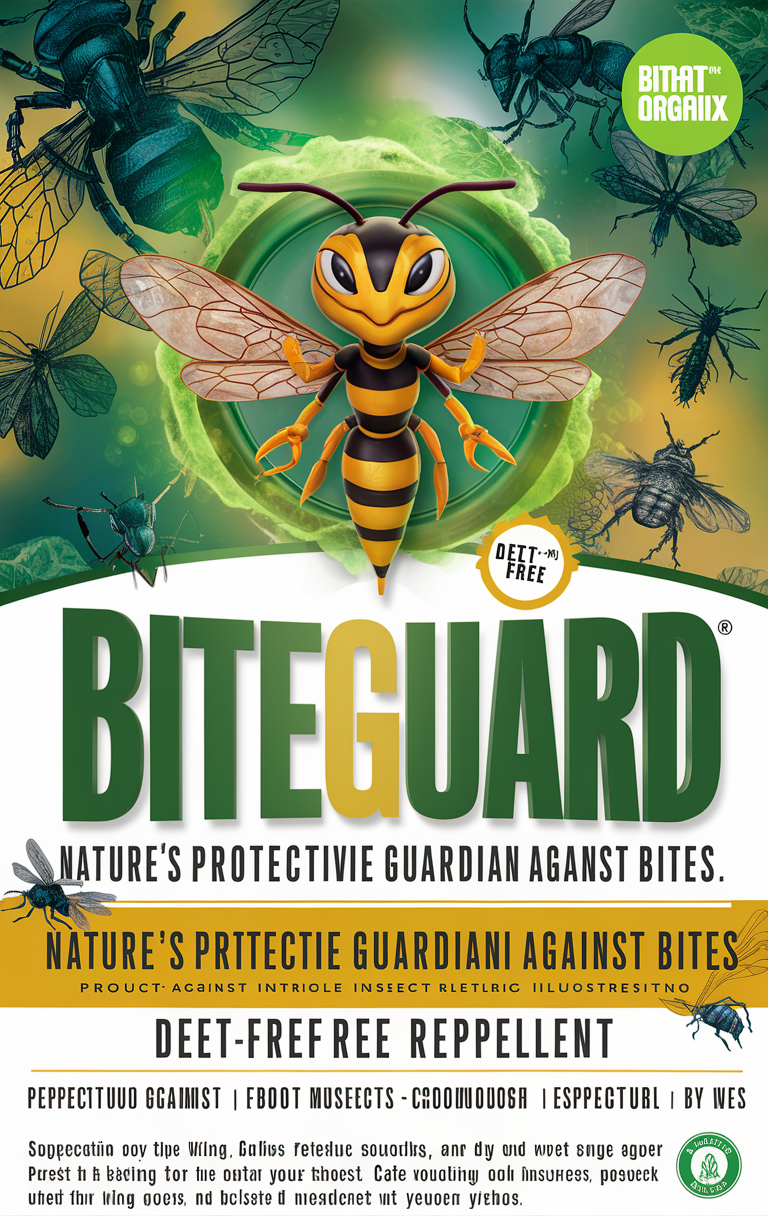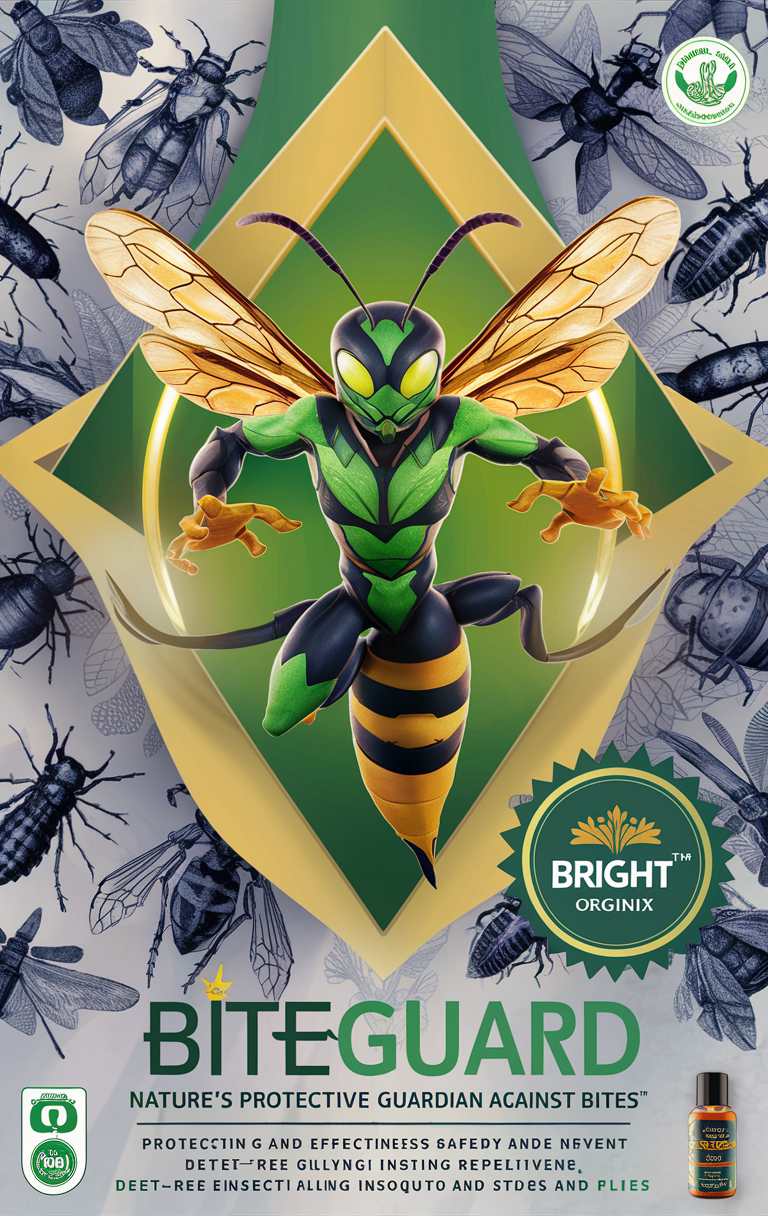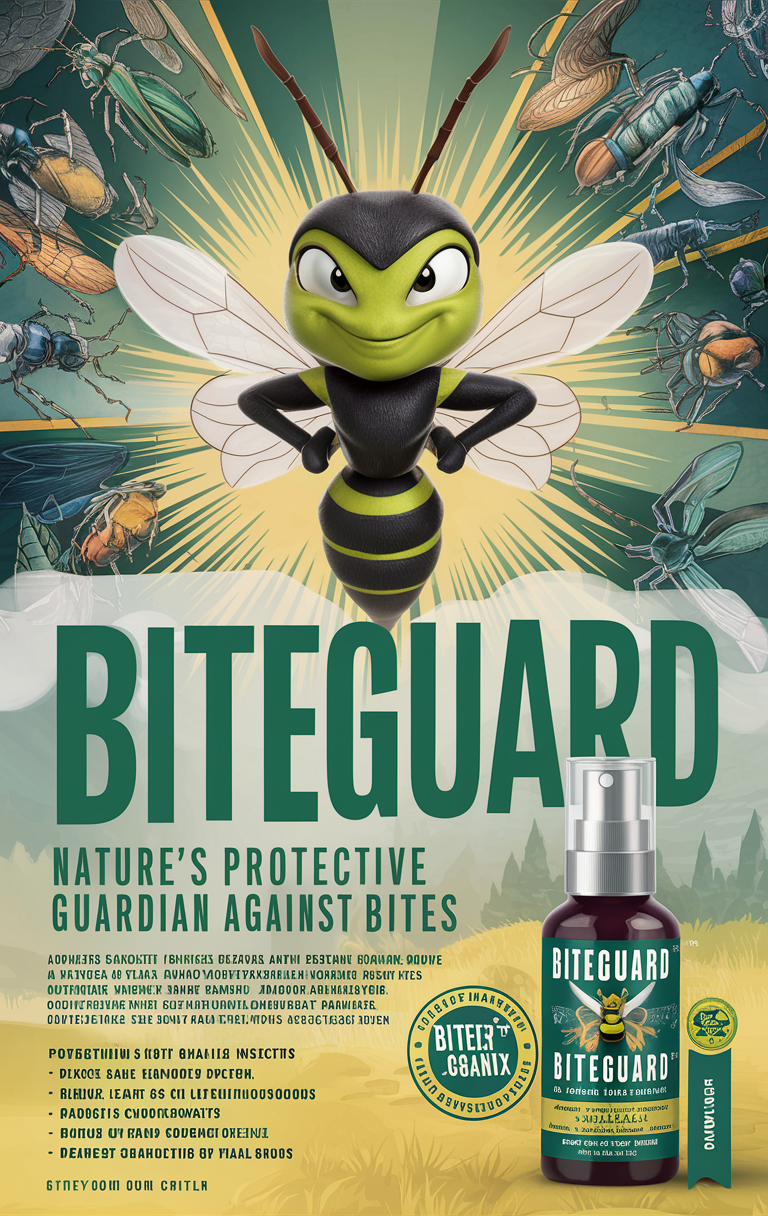Ants (including flying species) (Insecta: Hymenoptera: Formicidae)
Ants can be considered pests when they negatively impact human activities, such as invading homes, damaging property, or harming crops and gardens. The term “pest” refers to any organism that is seen as undesirable or harmful in a particular context, often because it competes with humans for food or living space, damages structures, or spreads disease.
Ants are insects belonging to the family **Formicidae** and are part of the order **Hymenoptera**, which also includes bees and wasps. Ants are known for their highly organized colony structure, usually consisting of a queen, workers, and, depending on the species, soldiers. Here’s a more detailed overview of ants:
### Characteristics
– **Social Structure**: Ants live in complex social colonies with well-defined roles for each member, ranging from workers and soldiers to queens and drones.
– **Communication**: They communicate and coordinate their activities through chemical signals known as pheromones, which are crucial for tasks like finding food or defending the colony.
– **Diversity**: There are over 12,000 known species of ants, ranging in size from about 0.08 inches to nearly 2 inches long. They exhibit a wide variety of behaviors and adaptations to different environments.
### Habitat
Ants are found almost everywhere on Earth, from tropical rainforests to deserts. They can adapt to virtually any terrestrial habitat, exploiting a variety of ecological niches.
### Diet
Most ants are omnivorous, feeding on a mix of plant and animal matter. Some specialize in particular foods:
– **Leafcutter ants** cultivate fungus using freshly cut leaves.
– **Carpenter ants** nest in wood but do not eat it; they generally feed on proteins and sweets.
– **Army ants** are known for their aggressive hunting strategies, often consuming other insects or small vertebrates.
### Impact on Ecosystems
Ants play critical roles in ecosystems:
– **Soil Aeration**: Their digging activities help to turn over the soil, which improves soil health and nutrient cycling.
– **Seed Dispersal**: Many plant species rely on ants to help disperse their seeds, a process known as myrmecochory.
– **Predation and Waste Removal**: Ants are predators of other insects and help control pest populations. They also consume and break down organic material, contributing to decomposition processes.
### Ants as Pests
While ants are beneficial to the environment, they can become pests:
– **Home Invasions**: Species like the pharaoh ant and sugar ant can invade homes in search of food, leading to nuisance infestations.
– **Agricultural Damage**: Some species, such as fire ants, can damage crops and harm livestock, particularly in agricultural settings.
– **Structural Damage**: Carpenter ants can cause structural damage to buildings by hollowing out wood to build their nests.
### Control Methods
Managing ant infestations often involves:
– **Sanitation**: Keeping areas clean and free of food debris to avoid attracting ants.
– **Physical Barriers**: Sealing entry points to prevent ants from entering buildings.
– **Baits and Insecticides**: Using chemical controls where necessary, focusing on baits that ants carry back to the colony, which can be more effective and environmentally friendly than broad-spectrum sprays.
Ants are a fascinating group of insects due to their complex social behaviors and their ability to thrive in diverse environments. However, when they come into conflict with human interests, effective management strategies are necessary to mitigate their impact as pests.




